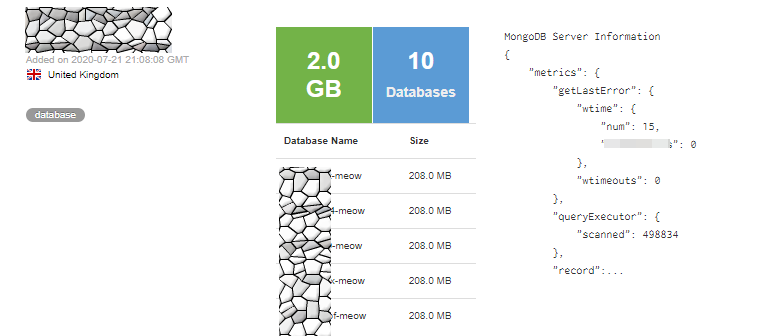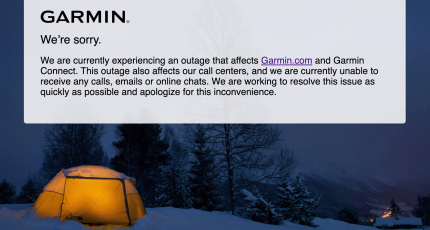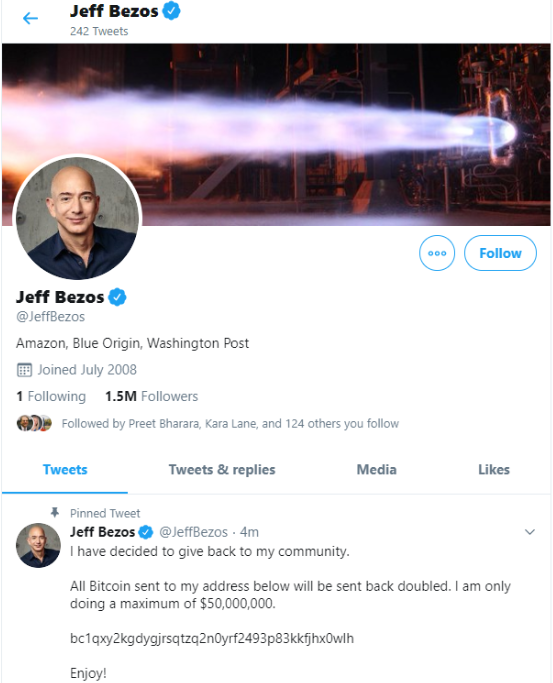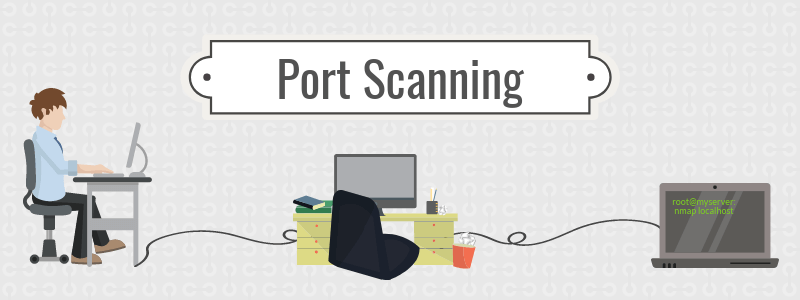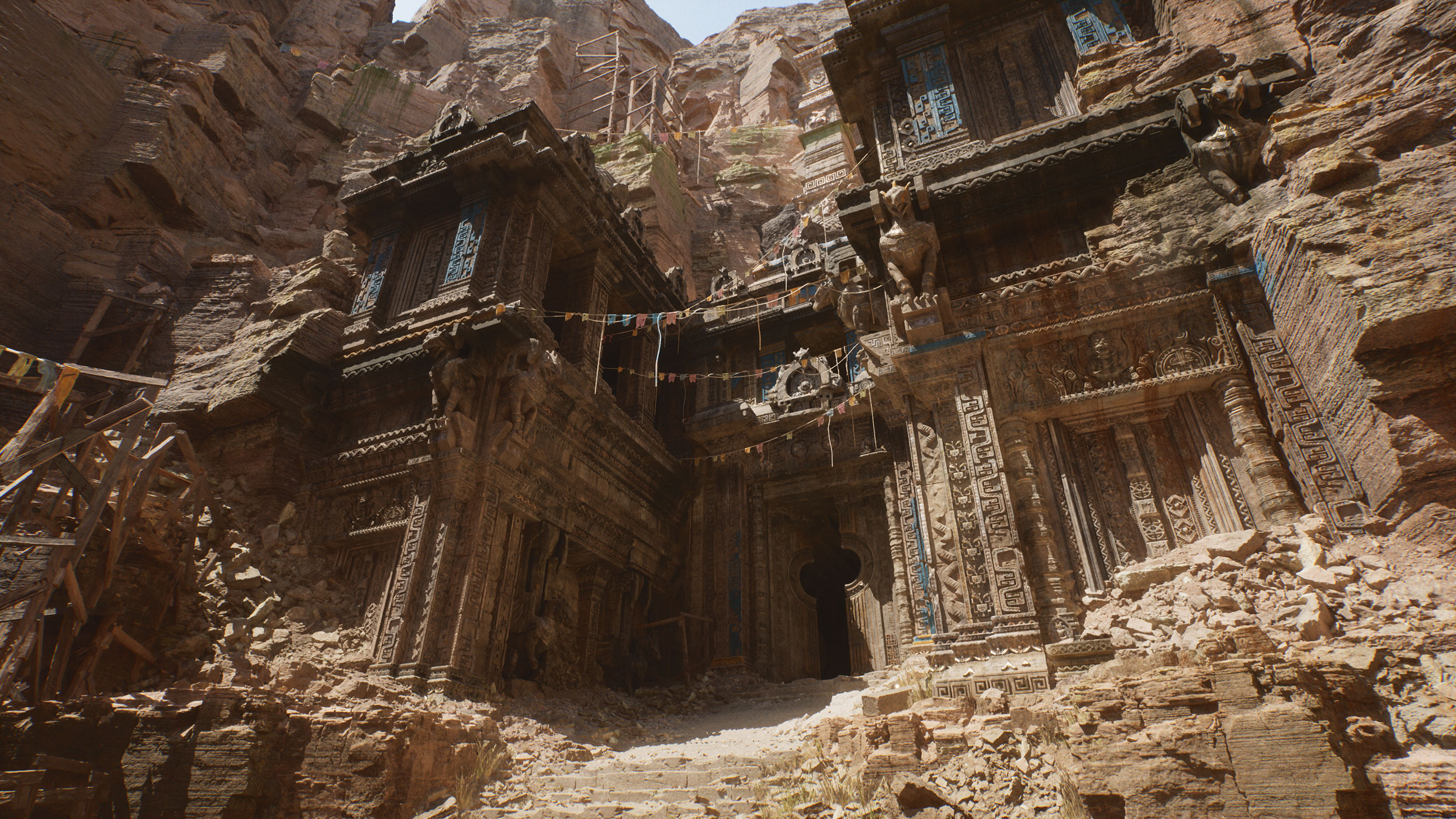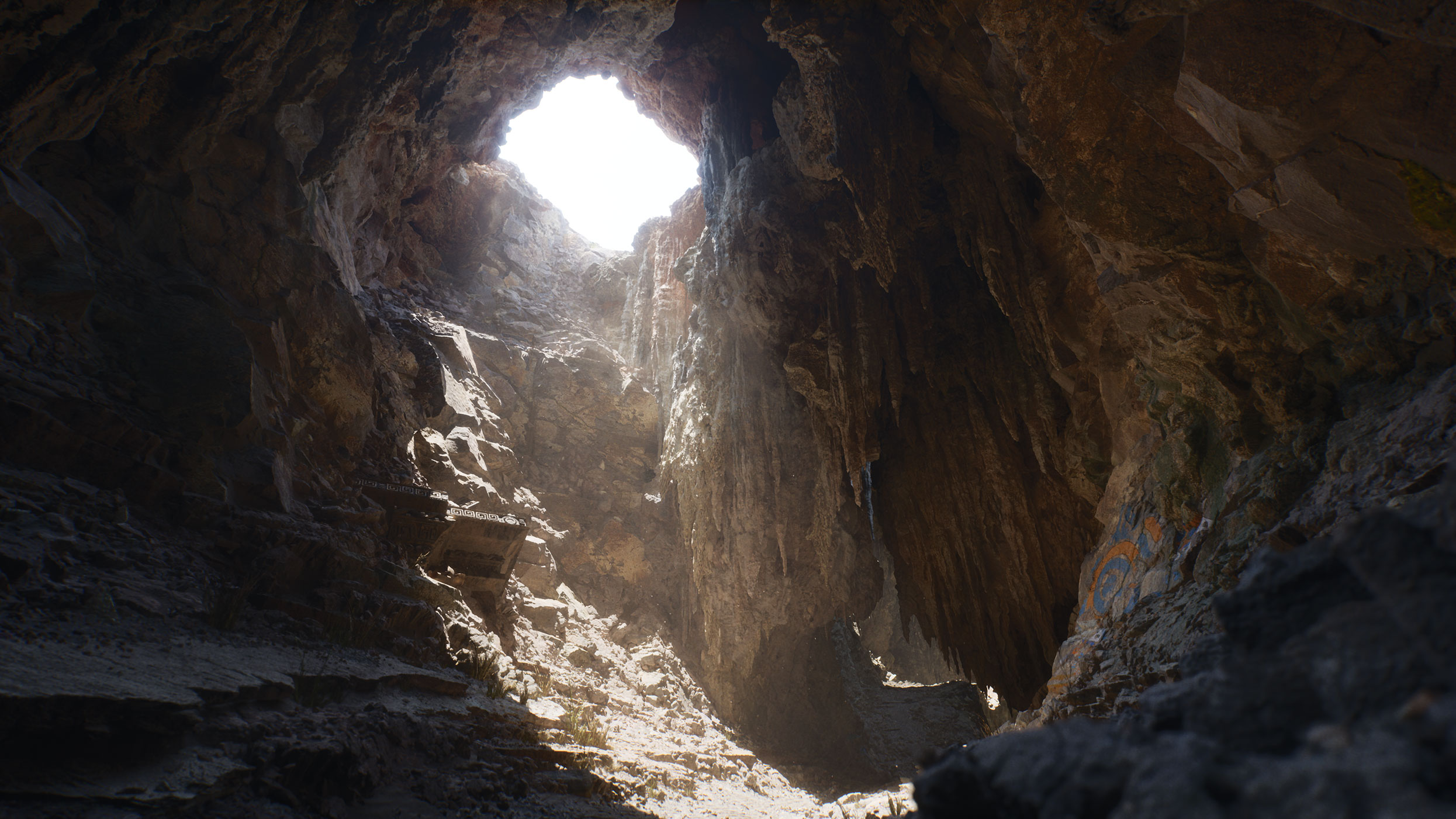The rise of Zoom is undeniable in today’s climate. Work, school, communities, etc. are all adopting Zoom and other video messaging platform as a primary means of communication. However, Zoom – the company – has some questionable practices, which leads to Zoom – the product – having many security and privacy issues. Here is an entire article devoted to problems with Zoom:
Every Zoom Security and Privacy Flaw So Far, and What You Can Do to Protect Yourself
https://tidbits.com/2020/04/03/every-zoom-security-and-privacy-flaw-so-far-and-what-you-can-do-to-protect-yourself
The problems with Zoom extend beyond its recent troubles. More articles related to Zoom issues:
2020-04-09
MOE suspends use of Zoom in home-based learning following breaches involving obscene images
https://www.channelnewsasia.com/news/singapore/moe-suspends-zoom-home-based-learning-obscene-images-12626534
Who has banned Zoom? Google, NASA, and more
https://www.techrepublic.com/article/who-has-banned-zoom-google-nasa-and-more/
‘Zoombombing’ City Hall: Online Harassment Surges As Public Meetings Go Virtual
https://www.npr.org/2020/04/09/829265445/zoombombing-city-hall-the-struggle-to-keep-public-meetings-going-virtually
2020-04-08
Google Told Its Workers That They Can’t Use Zoom On Their Laptops Anymore
https://www.buzzfeednews.com/article/pranavdixit/google-bans-zoom
2020-04-03
Zoom admits some calls were routed through China by mistake
https://techcrunch.com/2020/04/03/zoom-calls-routed-china/
Security and Privacy Implications of Zoom
https://www.schneier.com/blog/archives/2020/04/security_and_pr_1.html
Thousands of Zoom video calls left exposed on open Web
https://www.washingtonpost.com/technology/2020/04/03/thousands-zoom-video-calls-left-exposed-open-web/
A Quick Look at the Confidentiality of Zoom Meetings
https://citizenlab.ca/2020/04/move-fast-roll-your-own-crypto-a-quick-look-at-the-confidentiality-of-zoom-meetings/
2020-04-02
New Zoom Hack Lets Hackers Compromise Windows and Its Login Password
https://thehackernews.com/2020/04/zoom-windows-password.html
2020-04-01
Zoom is Leaking Peoples’ Email Addresses and Photos to Strangers
https://www.vice.com/en_us/article/k7e95m/zoom-leaking-email-addresses-photos
2020-03-26
Zoom iOS App Sends Data to Facebook Even if You Don’t Have a Facebook Account
https://www.vice.com/en_us/article/k7e599/zoom-ios-app-sends-data-to-facebook-even-if-you-dont-have-a-facebook-account
2019-07-15
The Zoom Desktop App Lets Any Website Take Over Your Mac’s Camera. Here’s What To Do About It.
https://www.buzzfeednews.com/article/nicolenguyen/zoom-webcam-hacker-watching-you-vulnerability
2019-07-11
Apple has pushed a silent Mac update to remove hidden Zoom web server
https://techcrunch.com/2019/07/10/apple-silent-update-zoom-app/
